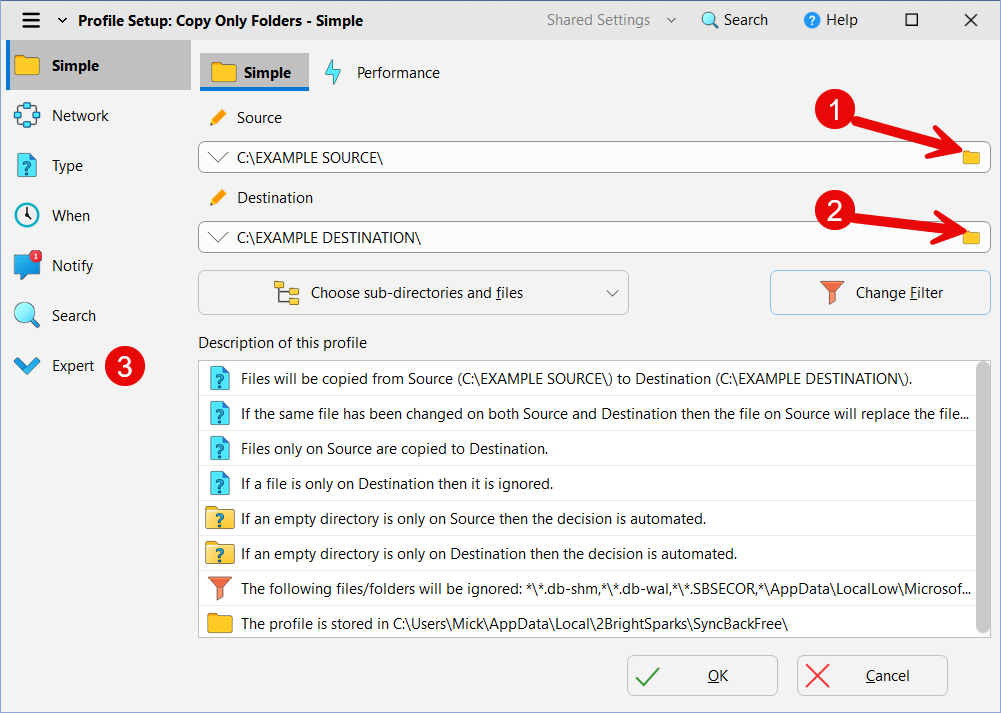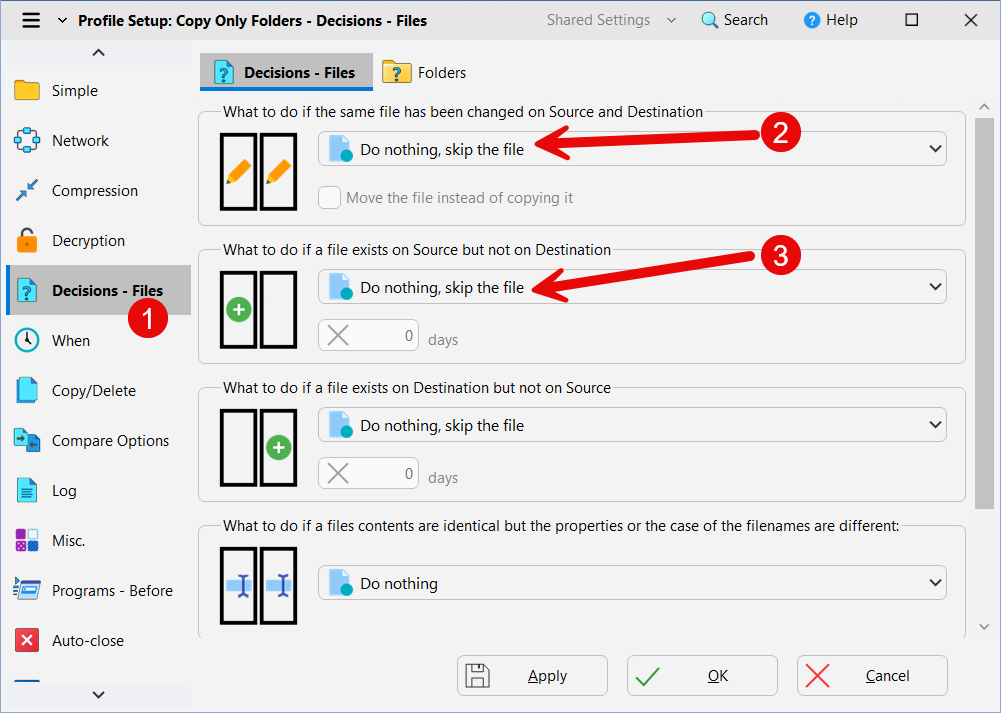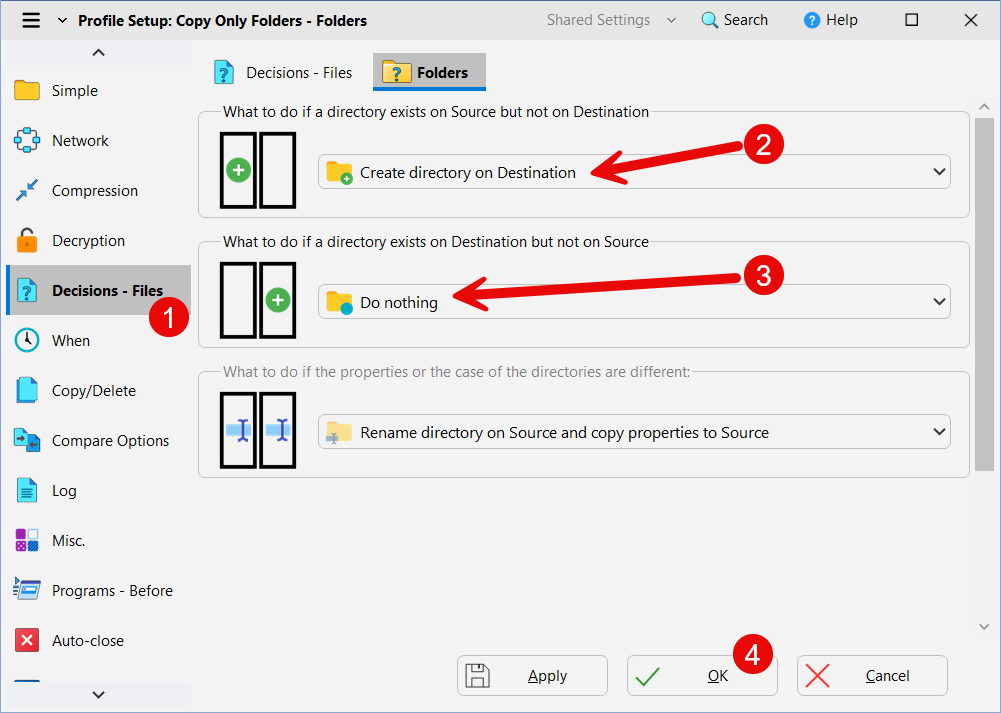
How to Copy Folder Structure Without Files in Windows Using SyncBackFree
Author: Michael J. Leaver, 2BrightSparks Pte. Ltd.
If you've ever needed to copy the folder structure of a drive or directory, without copying the files therein, you're not alone. If you're setting up a backup system or simply reorganizing data, more often than you might think is when you'll want to do this. In this tutorial, we'll show you how to copy folders without files in Windows using SyncBackFree, a powerful and easy-to-use backup and synchronization tool from 2BrightSparks.
Why Copy Folder Structures Without Files?
Copying the directory structure alone is helpful when:
- Creating a mirrored blank folder structure for file backup or file sorting.
- Establishing a new drive or location with an identical directory structure.
- Troubleshooting or testing folder paths without moving big files.
Manual recreation of folders is time-consuming. Fortunately, SyncBackFree does this readily and efficiently.
How to Copy Folder Structure Without Files Using SyncBackFree
Use the following steps to copy only the directories excluding the files:
- Install SyncBackFree
If you haven't done so, download and install SyncBackFree. - Create a New Profile
Start SyncBackFree and click on New (or press Ctrl-N) to create a new backup profile. Enter a profile name, e.g. Copy Only Folders, then click Next. When asked for the profile type, choose Backup, and when asked for the Source and Destination keep the defaults ("Internal/external drive") and click Done. - Specify the Source and Destination paths
Select the Source folder (where the original folder structure exists) and the Destination folder (where you want to copy/replicate the structure). Once decided, click Expert on the left of the window. - File Decisions
Scroll up, on the left, and click Decisions - Files. Next, change the first option ("What to do if the same file has been changed on Source and Destination") to "Do nothing, skip the file". Choose the same for the second option ("What to do if a file exists on Source but not on Destination"). - Folder Decisions
Next, click the Folders tab at the top, and change the first option ("What to do if a directory exists on Source but not on Destination") to "Create directory on Destination". Change the second option ("What to do if a directory exists on Destination but not on Source") to "Do nothing". You could change this to "Delete directory from Destination (if empty)" if you want to mirror the folder structure. Finally, click OK to create the profile. - Run the Profile
Click Run (or press Ctrl-R) to start the profile. SyncBackFree will create the entire folder structure in the destination, but without files.



Alternatively:
- Download A Profile
To save you time, we've already created a profile that will only copy folders and not files. Download it to your computer and remember where you stored it. - Import Profile
Start SyncBackFree and select Import Profile from the Export / Import main menu. Open the profile you just downloaded (Copy Only Folders.sps). - Modify Profile
Select (click on) the profile in the main window (it should already be selected) and click the Modify button. Change the Source and Destination paths as appropriate, then save the profile. - Run the Profile
Click Run (or press Ctrl-R) to start the profile.
Benefits of This Method
- Quick and small: Merely directory information is processed, conserving disk space and time.
- Flexible: You can modify exclusions and include only specific folder levels.
- Free and safe: SyncBackFree is free to use for both business and private use. We don't want or ask for your email address.
Use Case Examples
- IT administrators creating folder templates on several machines.
- Photographers or artists organizing shoot folders before importing assets.
- Anyone who requires copying folder structure without files on Windows systems (or on an FTP server).
Final Thoughts
If you want a reliable way to copy folder structures without files in Windows, SyncBackFree offers an accurate and completely free solution. Whether replicating a directory tree or creating a backup structure that is clear of files, this method will save time and reduce manual labor.
Try it today and streamline your file management process.















